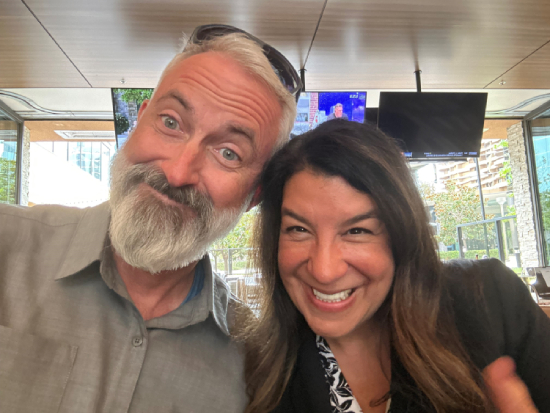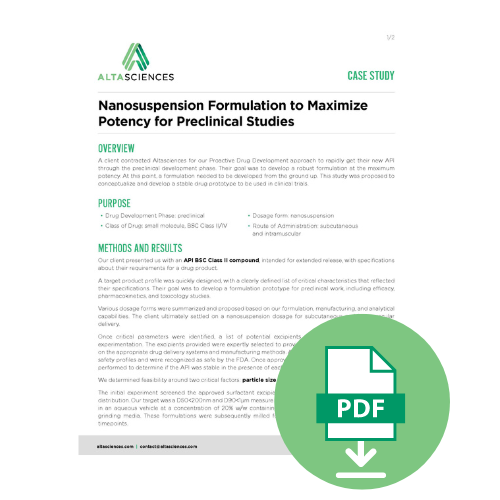Preclinical Research
4 Essential Topics to Cover in Your First CRO Meeting

Qualification of a Veterinary Glucometer for Use in Yucatan Miniature Swine
ISSUE NO. 42 — Managing The Complexities of Glucagon-Like Peptide-1 Receptor Agonist Drug Development
Current and future development of glucagon-like peptide-1 receptor agonists (GLP-1 RAs), or simply GLP-1s, involves complexities not only in formulation but in all areas of early-phase drug development. Developing and refining preclinical models for early efficacy signals, developing and validating the bioanalytical assays necessary for quantitation, and designing the clinical studies that deliver the most robust data in this innovative therapeutic area are all key elements of a drug development program.
In Issue 42 of The Altascientist, we review the requirements for successful GLP-1 drug development, including:
- preclinical approaches
- early-phase clinical study design
- bioanalytical techniques
- manufacturing
Two case studies are also included.
Top Life Science Resources for Fall 2024
There’s a lot of life science content out there, so for your convenience, we’ve curated a selection of expert insights, tips, case studies, and scientific and regulatory information. Catch up on what you might have missed below!
BioPharma Dive: Pharmaceutical Research on mRNA and CAR T-Cell Therapy in Cancer — Pioneering the Future of Oncology
Case Study: Innovative Nanosuspension Approach to Maximize API Potency in Preclinical Formulation Development
T-cell-dependent Antibody Responses and Immunopathology: A Comparative Study in Juvenile Cynomolgus Monkeys
Incidence of Neutralizing Adeno-Associated Viral Antibody Subtypes in Cynomolgus Monkeys of Cambodian, Mauritius, and Philippines Origins
Germline Integration Assessment in Preclinical Gene Therapy Studies
Key Considerations for Nonclinical AAV Gene Therapy Development
